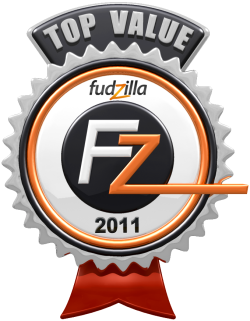Index
Conclusion
Intel Atom D525 + ION2 vs AMD E-350:
Overall both boards did well. While the performance is similar in multi-threaded application (except WinRAR where AMD is miles ahead) the AMD E-350 shines in the single-threaded department. Especially browers and even Windows feel faster and more responsive. The UVD3 engine is good enough to play all standard formats and blu-rays without a problem. Just 1080p with 60fps is out of the question because the GPU does not clock high enough. If there are codecs which get no hardware acceleration and have 1080p resolution both CPUs are too weak to perform seamless playback. The ION2 is faster (due to the higher clock) at hardware accelerated playback reducing the CPU load more compared to the E-350 but 16 cores is just too few to impress in games. The real difference between the two is now the price. The AMD E-350 boards got cheaper, while the Atom/ION2 combo still costs a lot and this particular board sells for about €130, which is a bit too expensive for our taste.
Zotac ITXION-S:
The board is superbly built and the passive fan wasn't as hot as we expected. The biggest downfall of this board is it's price currently at €144,-/$190,-. We would take any E-350 board over any Atom board. Zotac does offer a passive E-350 board as well, the Zotac Fusion ITX but with about €123,-/$169,- it's considerable more expensive compared to ASRock and uses SO-DIMMs, but it offers excellent build quality and WLAN.
ASRock E350M1/USB3:
The ASRock E350M1/USB3 is cleary designed as a desktop replacement. While the inclusion of the USB 3.0 and all solid capacitors is an welcomes edition, the board is still using a 4cm active fan which gets audible under load. It's not insanely loud as we feared, but using the computer on your desktop it may get on your nerves. If you use it as an HTPC, so your case stays near the TV or monitor, you won't notice it. It's essential to run the fan mostly at highest speed, because under load the E-350 may experience temperature problems when your case is really small and the APU will clock down. ASRock is working on a BIOS which will adjust the fan-speed according to the CPU temperature, so we recommand to take a look in their beta-zone. At a price for about €93,-/$115,- the board is not a bargain, but it is still affordable as a HTPC or surfstation. If you uses it as we described, the downside to the active fan can be overlooked.




